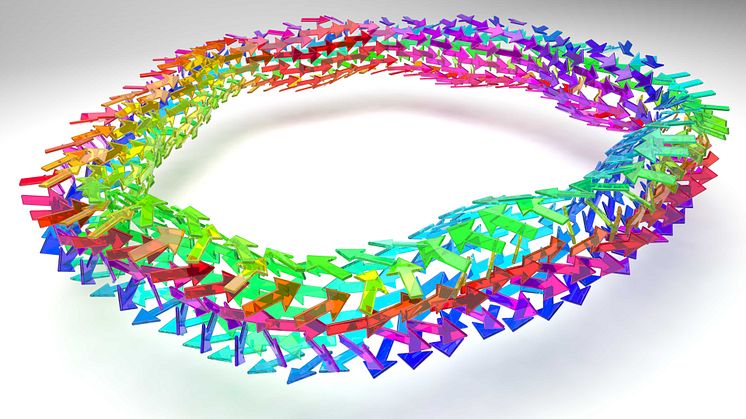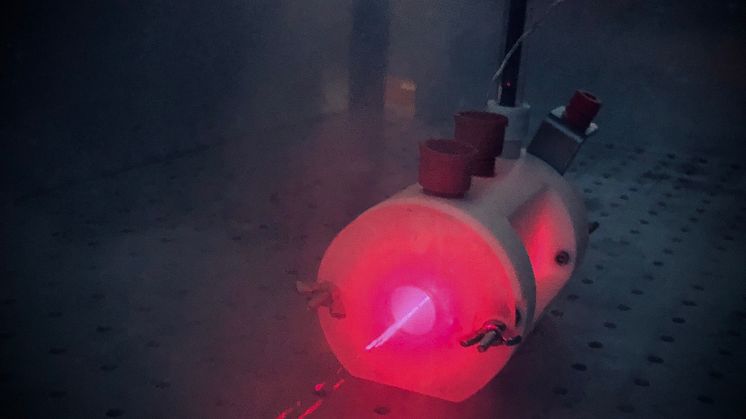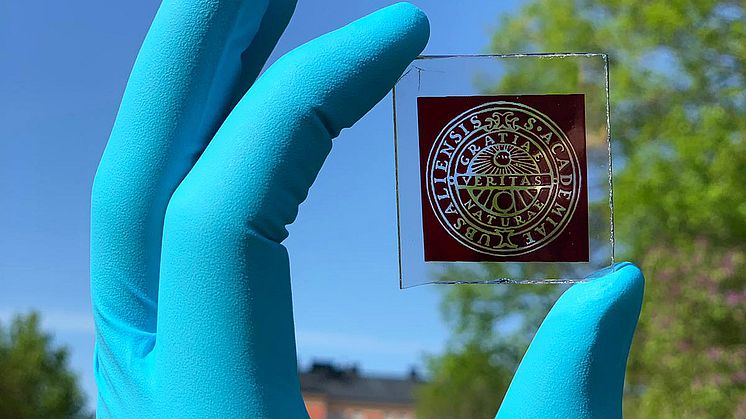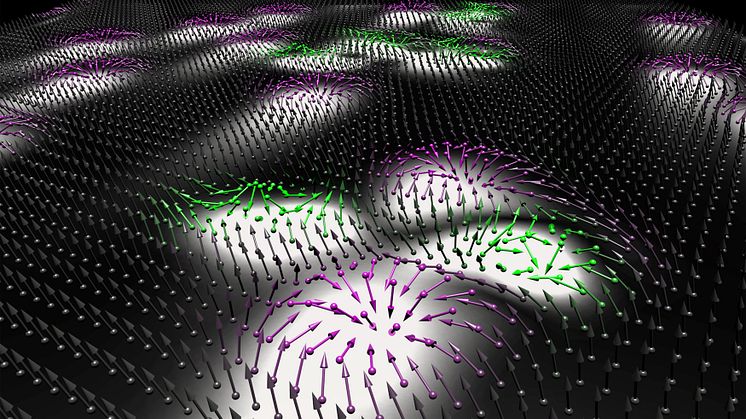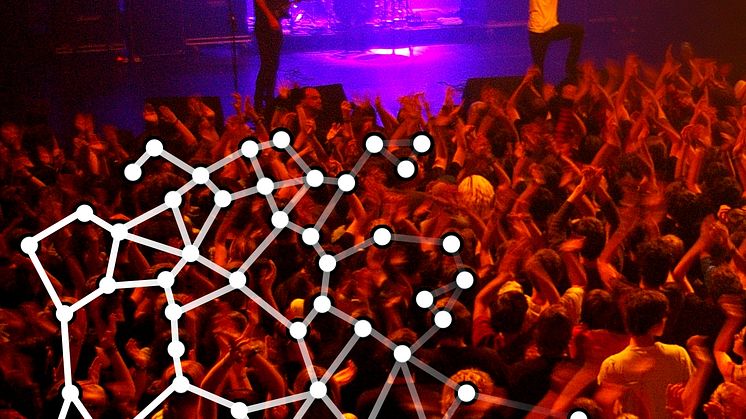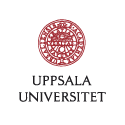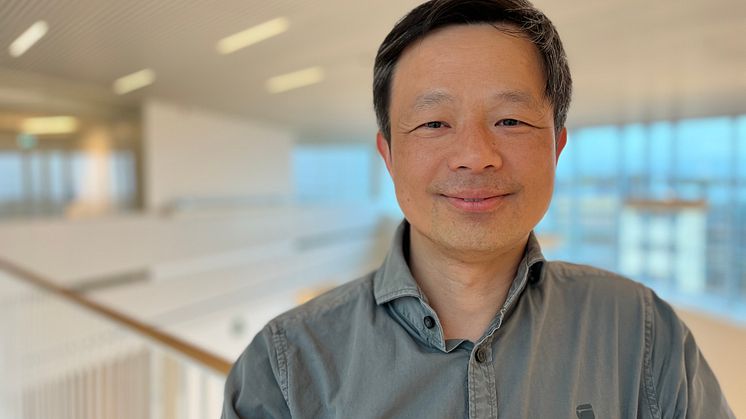
Robots' sense of touch could be as fast as humans
Research at Uppsala University and Karolinska Institutet could pave the way for a prosthetic hand and robot to be able to feel touch like a human hand. Their study has been published in the journal Science. The technology could also be used to help restore lost functionality to patients after a stroke.
